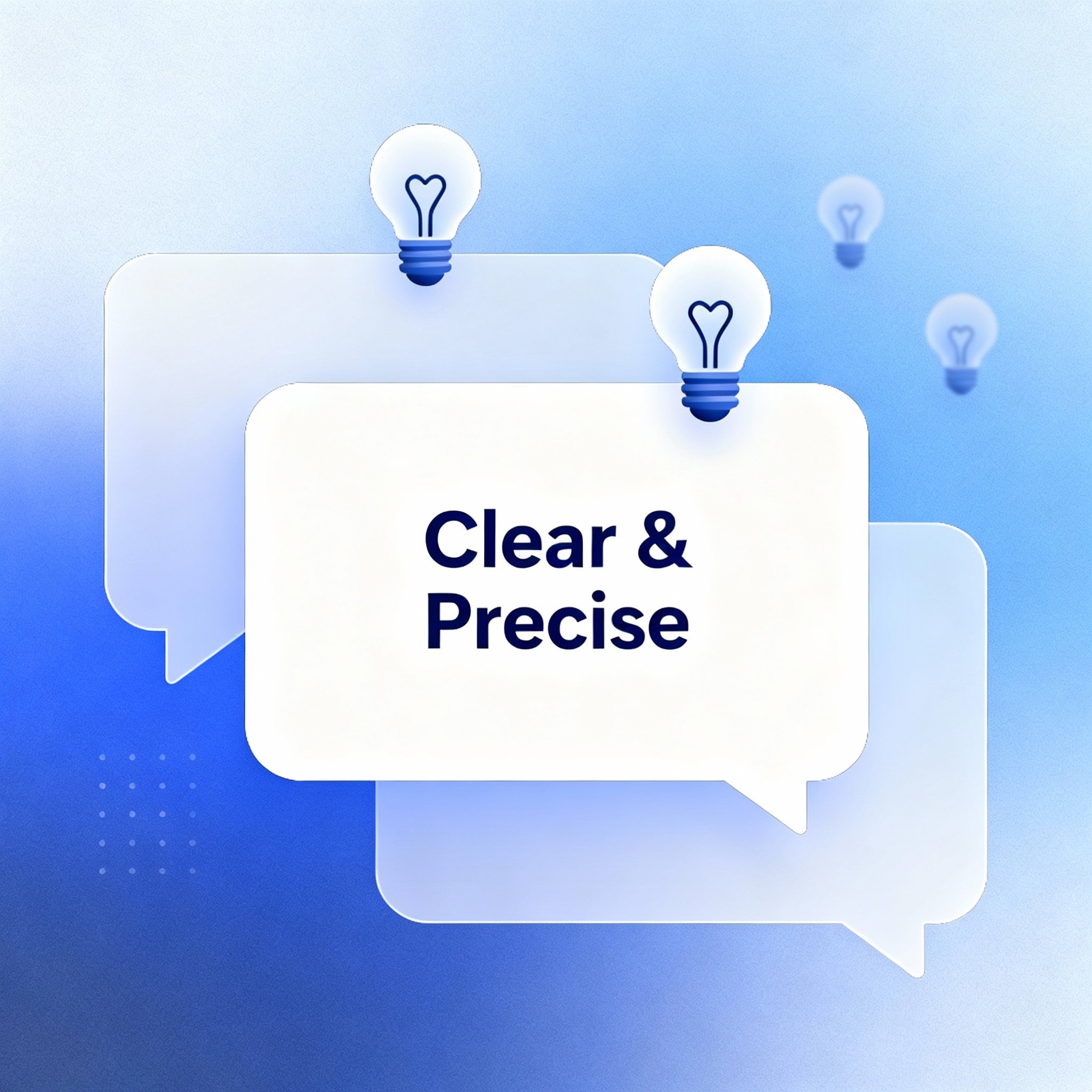When someone chats with an AI and it replies perfectly — clear, thoughtful, and precise — it feels magical. But behind that “magic” lies a skill often overlooked: prompting. The way we ask matters more than ever. Every word, every phrase shapes the outcome. As entrepreneurs, creators, and writers embracing AI tools daily, understanding how to prompt effectively can make or break the experience.
Background
Think of prompting like communicating with a teammate who always listens, but only does exactly what you say. If you’re vague, they’ll wander. If you’re repetitive, they’ll hesitate. AI models, much like humans, respond best when guided with clarity — not clutter.
Over the last few years, prompting has evolved from a technical trick to an essential creative skill. Founders use it to draft emails, designers for content briefs, teachers for lesson plans. Yet, the power lies not in the AI itself, but in how clearly we can think, and then translate that thinking into words.
The Spark
It started with a simple frustration: “Why doesn’t AI get me?” That question birthed countless discussions about what makes some prompts succeed while others flop. The realization? Effective prompting mirrors good communication — shaped by clarity, complexity, and the balance between guidance and freedom.
Execution Journey: The Components of Effective Prompting
-
Complexity and Verbosity
A complex prompt can unlock depth, but verbosity often muddies intent. Good prompts frame complexity with purpose — enough detail to guide, but not so much that the model loses focus. Think: “Explain blockchain as if to a 10-year-old” rather than “Give a highly detailed, overly technical explanation.” -
Clarity and Brevity
This is the golden rule. The clearer and shorter the instruction, the better the response. State your goal upfront, set the tone, and avoid filler. Brevity brings precision; clarity ensures alignment. -
Uncertainty and Ambiguity
A little ambiguity can be creative, but too much breeds confusion. If you’re experimenting, add context like “Take a creative approach” — otherwise, the model may interpret your intention unpredictably. -
Redundancy and Repetition
Repetition can reinforce, but redundancy wastes cognitive space. If an idea is already stated, rewording it doesn’t add power. Every sentence should move the AI (and reader) forward.
Today and Future
Today, “prompt engineering” is becoming a discipline of its own — part language, part design, part psychology. As AI becomes a daily collaborator, those who master prompting won’t just use technology; they’ll shape it. Future tools will likely auto-suggest or correct prompts — but understanding the human behind the words will always remain central.
Founder Wisdom
The simplest advice for anyone learning prompting?
“If your AI doesn’t understand you, first ask — do you understand yourself?”
That introspection, more than any formula, is the secret to speaking the language of machines fluently.





